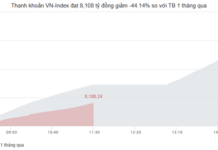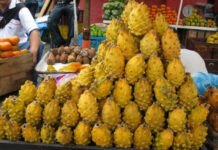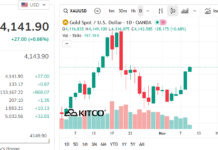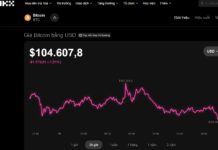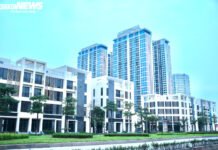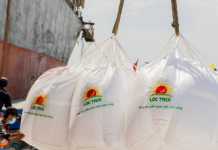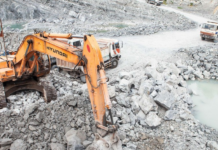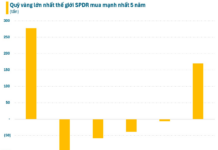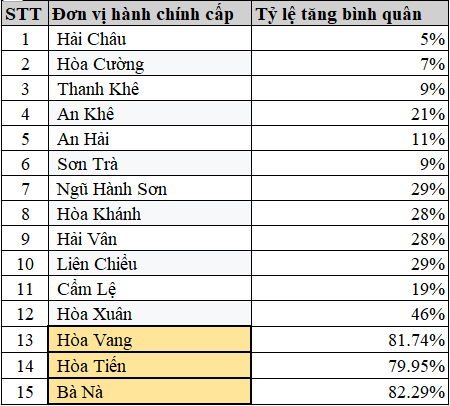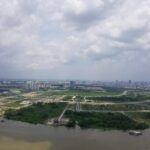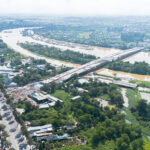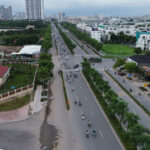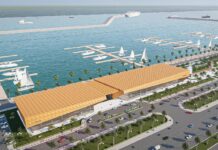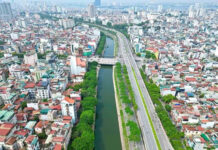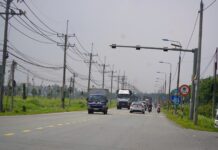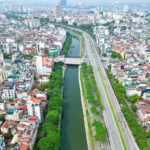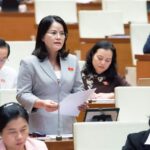The draft outlines land pricing zones, encompassing both agricultural and non-agricultural land.
For agricultural land, Zone I represents areas with the highest profit potential and most favorable infrastructure, including 13 wards: Hải Châu, Hòa Cường, Thanh Khê, An Khê, An Hải, Sơn Trà, Ngũ Hành Sơn, Hòa Khánh, Hải Vân, Liên Chiểu, Cẩm Lệ, Hòa Xuân, and Hải Vân.
Zone II comprises three communes: Bà Nà, Hòa Vang, and Hòa Tiến.
For non-agricultural land, zoning is based on specific roads, road segments, streets, and street segments (for urban residential, urban commercial, and non-agricultural business land). This also applies to rural residential, rural commercial, and non-agricultural business land.
Land for government offices, public works, public utilities, and other non-agricultural purposes in both urban and rural areas will be determined as a percentage of corresponding land types.
According to the draft, Hải Châu Ward has the lowest average increase at 5%. In contrast, the communes of Hòa Vang, Hòa Tiến, and Bà Nà saw the highest increases, at nearly 82%, almost 80%, and over 82%, respectively.
|
Average Land Price Increase by Ward and Commune (Draft)
|
For non-agricultural land along urban roads in Zone I, Kha Vạn Cân Street in Hòa Xuân Ward saw the highest increase at 66%, from 15.1 million VND/m² to 25.1 million VND/m².
Bạch Đằng Street, from Lê Duẩn to Nguyễn Văn Linh in Hải Châu Ward, remains the most expensive road in the city, with a projected 3% increase to nearly 350 million VND/m².
In Zone II, Quảng Xương Street, from the market entrance to Túy Loan Bridge, saw the largest increase at 91%, maintaining its position as the most expensive road in the area at 35.8 million VND/m².
For unnamed roads, those 5.5 meters wide in the Southern Resettlement Area of Hòa Ninh Garden Residential Area and Resettlement Area No. 4 along Provincial Road 602 saw the highest increase at 98%, from 3.3 million VND/m² to 6.5 million VND/m².
Previously unlisted roads will also be added to the land price table, including: roads in the resettlement area for the University Village in Ngũ Hành Sơn Ward (11.1–17 million VND/m²); roads in resettlement areas for projects in Hòa Vang District (10.1–19.1 million VND/m²); and the Hải Vân – Túy Loan Bypass in Bà Nà Commune (11.6 million VND/m²).
The new land price table will significantly impact land management and usage fees, as it serves as the basis for calculating fees and charges for land allocation, leasing, and land use right certification.
However, non-agricultural land taxes will remain unaffected, as they are based on the 2022 land price table for the 2022–2026 tax period.
– 11:18 10/11/2025
Exclusive Pilot Program: 54 Agricultural Plots in Ho Chi Minh City Approved for Commercial Housing Development
Ho Chi Minh City boasts 54 land plots spanning over 6 million square meters, with nearly 213,000 square meters of rice fields repurposed for residential development. These plots are primarily located in the former Ba Ria – Vung Tau area, totaling more than 6.3 million square meters. The unified deadline for these projects is March 31, 2030.
Da Nang Unveils New Land Price Framework, Effective 2026
The Department of Agriculture and Rural Development of Da Nang City is finalizing its first-ever land price framework, set to take effect on January 1, 2026.
Unveiling Hanoi’s Most Expensive Land Zones: A Close Look at Proposed High-Value Areas
According to the new land price table being consulted by the Hanoi Department of Natural Resources and Environment, land prices in 2026 will be divided into 17 regions following administrative unit rearrangements. Among these, the highest residential land price, approximately 702 million VND per square meter, is located in prime positions along roads within Region 1.

